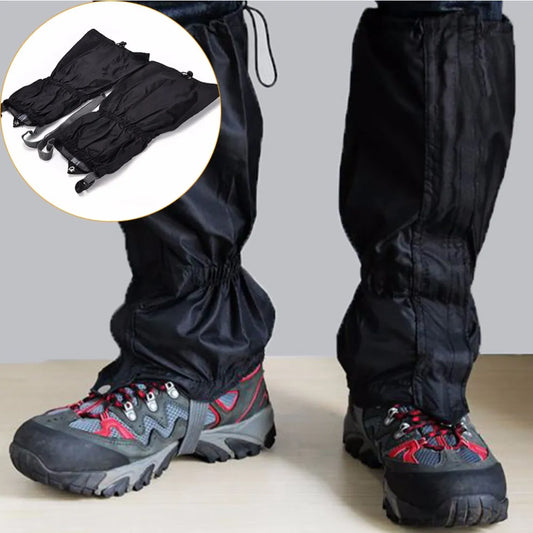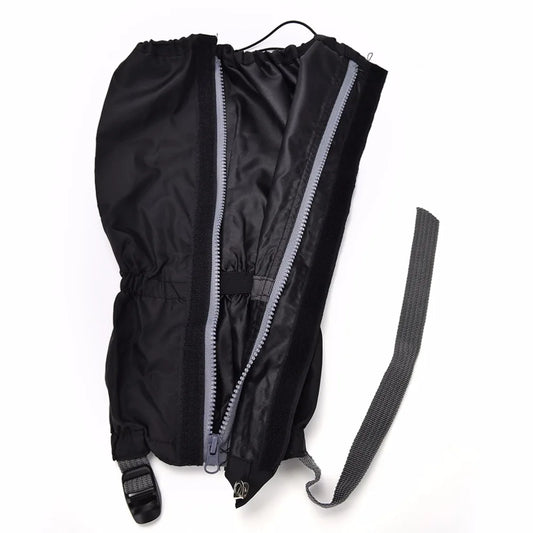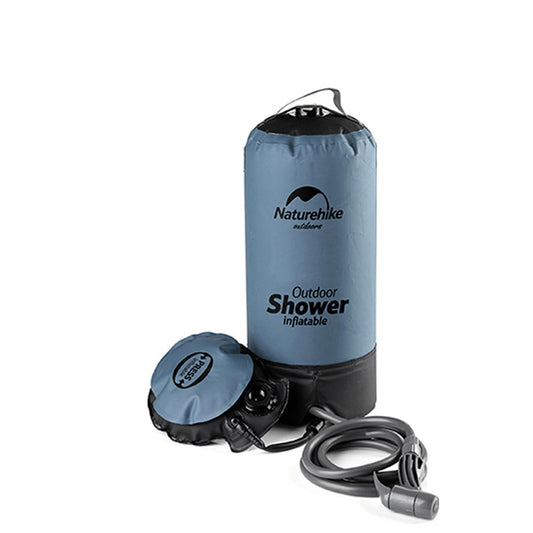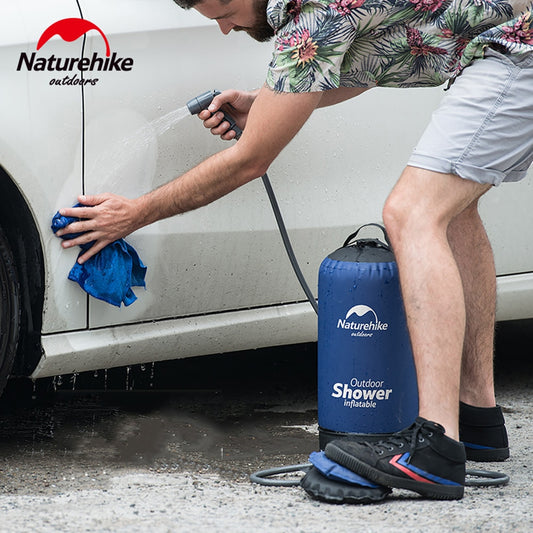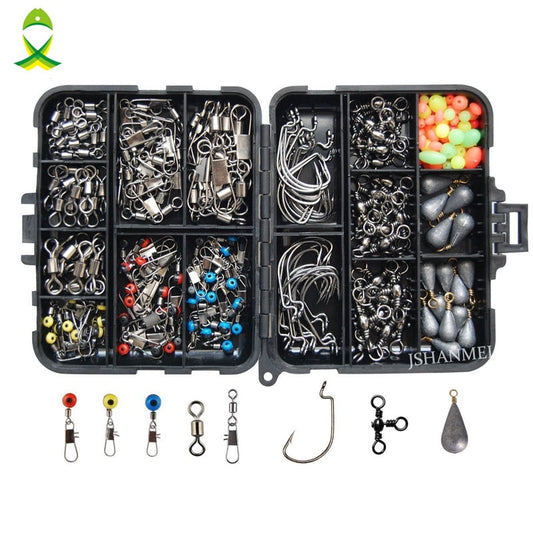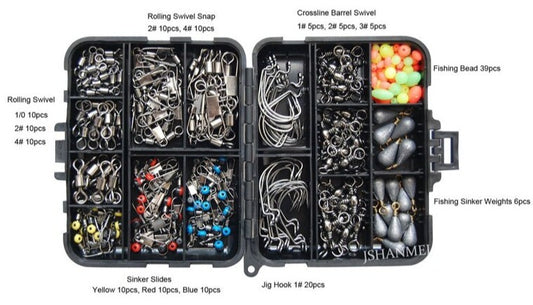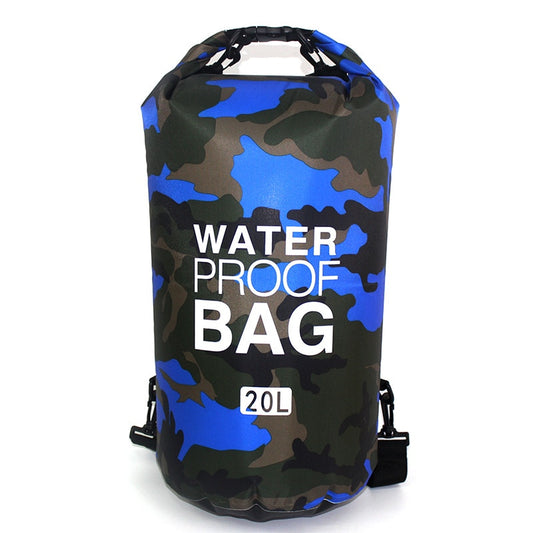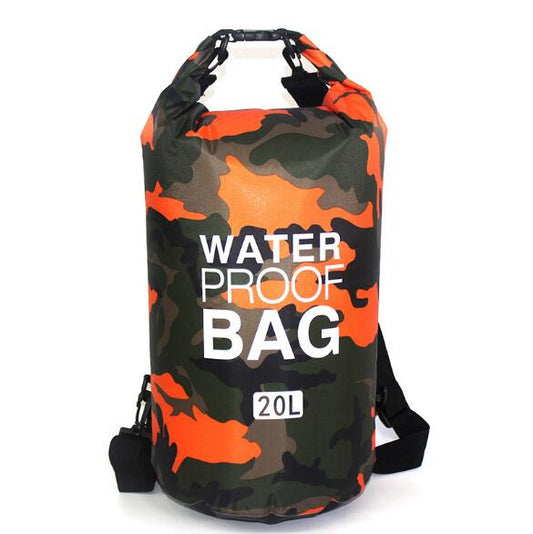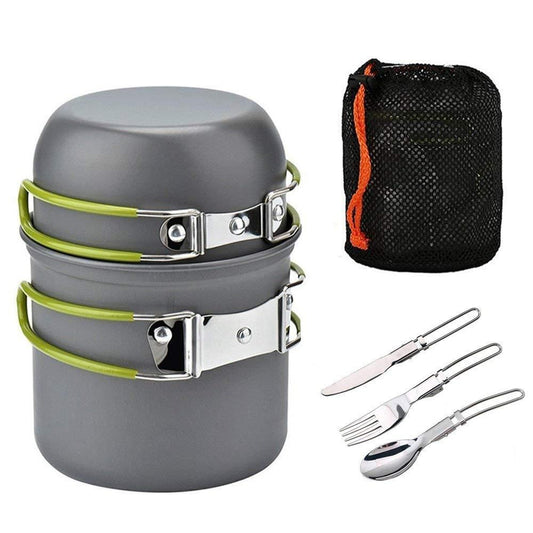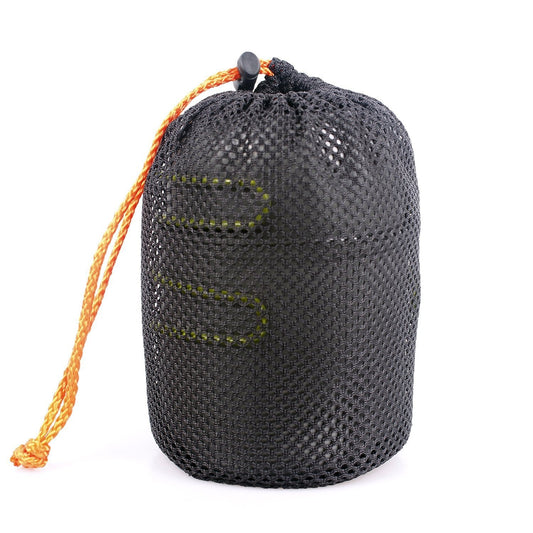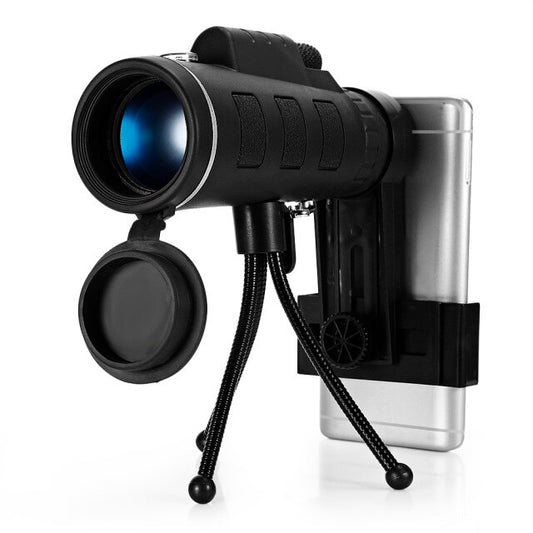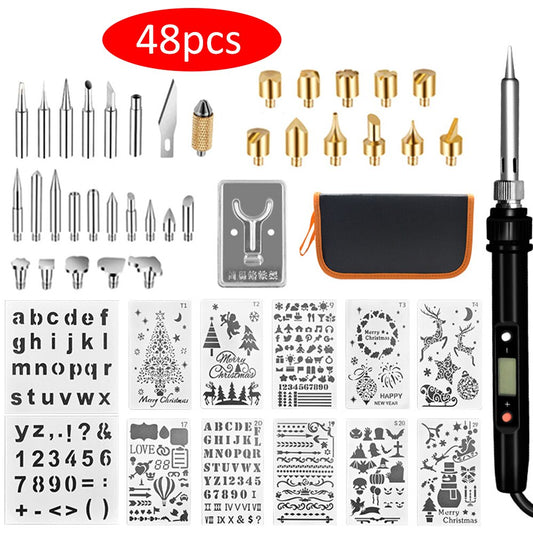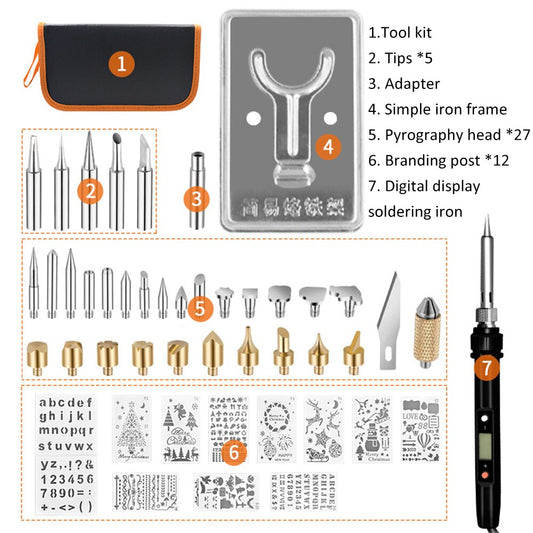
ENVIRONMENTAL ADVANTAGES OF REUSABLE WATER BOTTLES
Share
The extreme increase in the use of plastic water bottles over the last 50 years has created an permanent ecological problem in the form of massive amounts of plastic waste collecting in our rivers, streams and oceans. Unfortunately, all this additional plastic is now leaking toxins into the water we consume.

For both health and environmental reasons, many concerned consumers have looked for ways to reduce their plastic waste. Switching to reusable water bottles is a great way to do your part to help limit the plastic pollution crisis, especially if you are in the habit of carrying beverages with you. The temptation to use a plastic bottle, or to purchase a drink in a plastic container can be hard – they are seductively convenient! Once you know just how much making the switch matters, it might become easier. Let’s take a greater look at the impact of plastic water bottles.
From recycling to using paper bags instead of plastic, people have started to take on the responsibility of reducing their contribution to the plastic problem and benefiting the environment. Many have added another great way of reducing their plastic use – ditching the single-use plastic bottle for good and replacing it with a sustainable water bottle.
All of those empty plastic water bottles and other plastics tossed every day are creating some crazy environmental and landfill statistics:
-
Plastic waste, including bottles, kills an estimated 1.1 million marine animals per year.
-
38 billion water bottles end up in US landfills per year.
-
Plastics require about 700 years to dissolve, meaning they accumulate rapidly in the environment and have negative impacts for centuries.
If you're into hot beverages, stop buying a those styrofoam cups of coffee or tea. Get yourself a reusable beverage container. Styrofoam cups are convenient because they are cheap and light weight, but styrofoam cups can have a negative human impact on the environment as well.

Americans have been reported to throw away 25 billion styrofoam cups every year. Styrofoam cups are non-biodegradable. Instead of breaking down completely overtime, styrofoam cups break into small pieces and stay in the environment for hundreds of years. This deadly substance is challenging to clean up. Styrofoam easily passes through waste collection systems and compile on land and in water because it is easily spread by the wind. Pieces of styrofoam show up in our parks, forests, beaches, oceans and rivers. The amount of single use plastic and styrofoam containers littered on our planet’s land and water is staggering.
Its time that individual people and business owners start working toward diminishing the environmental impact of plastic and styrofoam cups on their own. Together maybe we can make a difference. Reduce, Reuse, Recycle.




